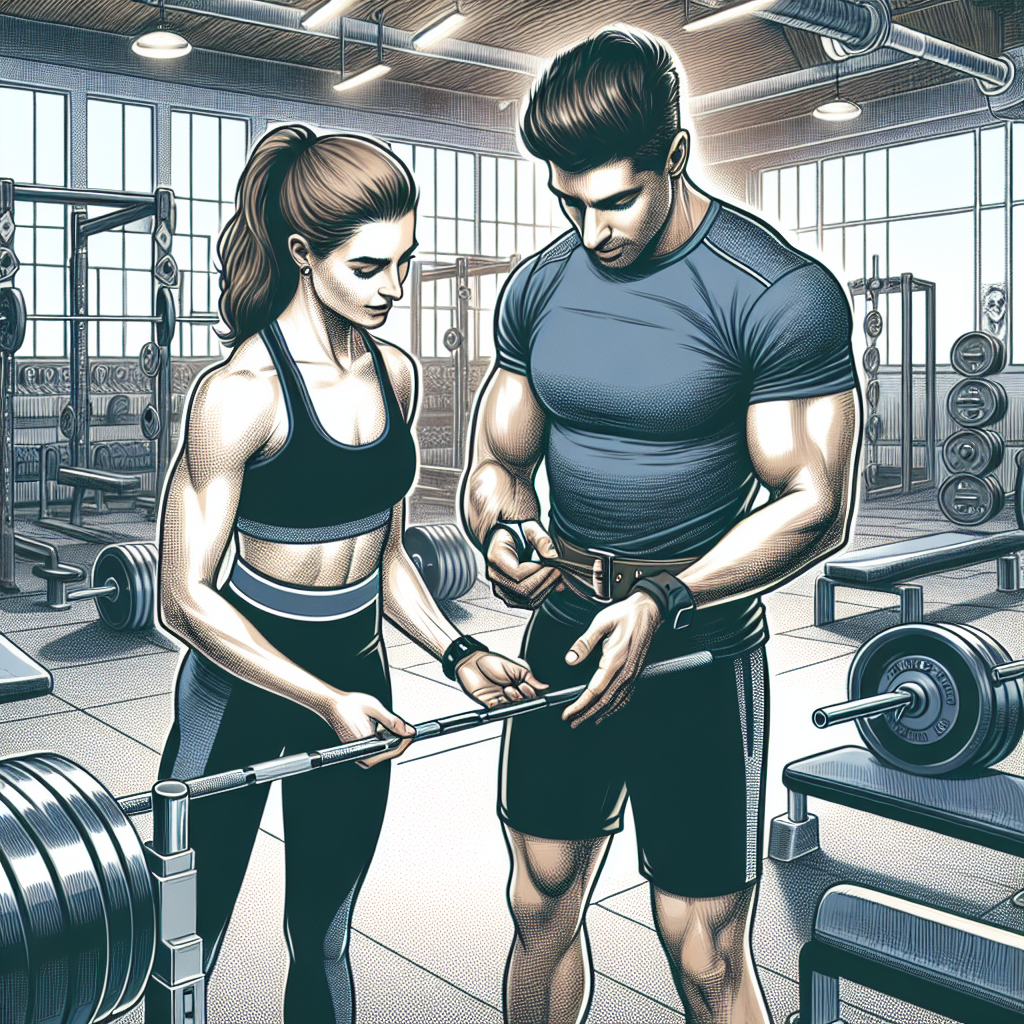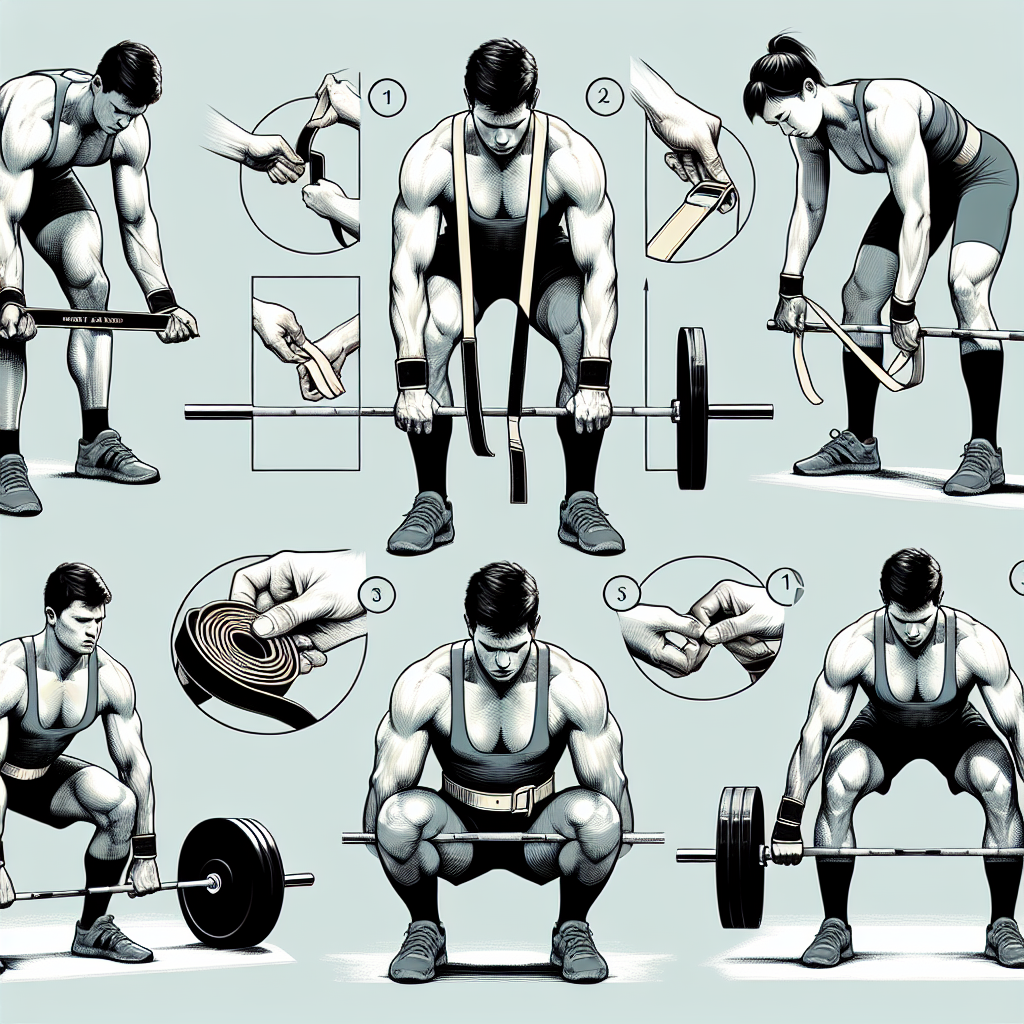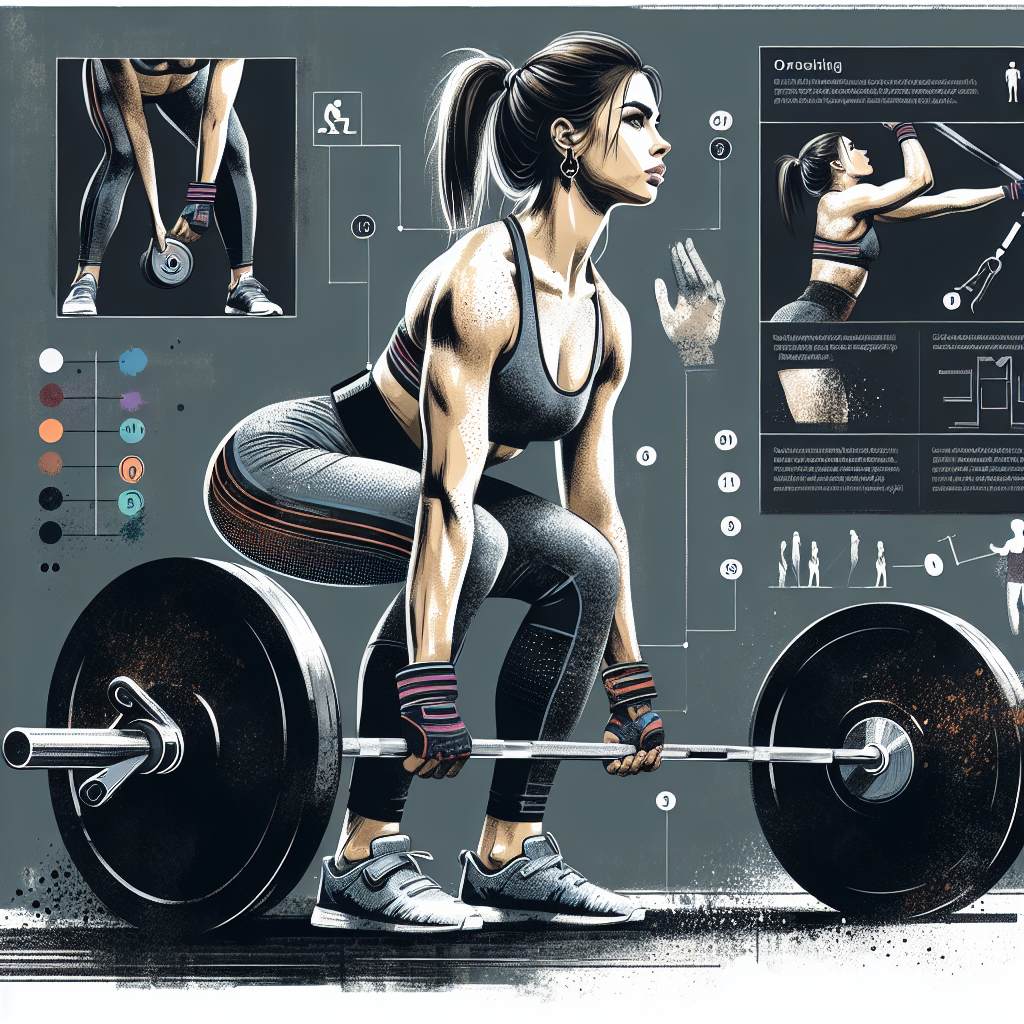How To Use Wrist Straps For Deadlift
How To Use Wrist Straps For Deadlift
Strap in, mates! If you're ready to take your deadlifting game to the next level, mastering the use of wrist straps is a must. These little gems of weightlifting gear can be a total game-changer, especially when you're gunning for those record-breaking lifts. Have you ever found your grip strength slipping just as you're about to smash a personal best? Well, you're not alone, and wrist straps could be the secret weapon you need. In this post, we're diving into the nitty-gritty of how to use wrist straps effectively to elevate your deadlift technique, improve your grip, and finally claim those bragging rights at the gym. Ready to lift like a pro? Let's get into it! #GripAndRip #DeadliftDomination
Understanding Wrist Straps
Before diving into perfecting your deadlift, it's crucial to grasp why wrist straps are essential in the first place. This section explores their purpose, the variety available, and how to select the ideal pair for your lifting needs.

Why Use Wrist Straps?
Wrist straps are a lifter's best mate because they help you lift heavier loads by taking the strain off your grip. This allows you to focus on the muscle groups rather than worrying about your hands slipping. For instance, when attempting to improve deadlift performance, your grip strength can often be the limiting factor. Using wrist straps can be the difference between hitting and missing your personal best.
-
They enhance grip strength.
-
They reduce the risk of injury.
-
They allow you to lift heavier weights safely.
Think of wrist straps as a tool to support your lifting journey, enabling you to push past your usual limits.
Types of Wrist Straps
Wrist straps come in different types, each suited for specific needs. Figure 8 straps and Lasso straps are common options. Figure 8 straps loop around the barbell, offering a firm grip, while Lasso straps wrap around your wrist and the bar, providing flexibility in adjusting tightness.
|
Type |
Features |
Best For |
|---|---|---|
|
Figure 8 |
Secure grip, minimal adjustment |
Heavy lifting |
|
Lasso |
Adjustable tightness, versatile use |
General weightlifting |
Choosing the right strap depends largely on your lifting style and goals. Experiment with different types to see which one complements your technique best.
Choosing the Right Strap
When selecting the right wrist strap, consider factors like material, comfort, and the type of lifting you'll be doing. Cotton straps are generally more comfortable, while nylon straps offer durability and strength.
-
Assess your lifting needs: Are you lifting heavy or focusing on endurance?
-
Consider your comfort: Choose a material that feels good on your skin.
-
Evaluate durability: Look for quality materials that can withstand heavy use.
Your choice should align with your lifting goals and personal preferences.
Perfecting Deadlift Technique
A strong deadlift is the cornerstone of effective powerlifting. To maximize your lifts, you must refine your deadlift technique. This section will guide you through setting up your stance, engaging the right muscles, and avoiding common pitfalls.
Setting Up Your Stance
Establishing a solid stance is crucial for a powerful deadlift. Start by positioning your feet shoulder-width apart, with your toes slightly pointed out. This stance ensures stability and allows you to generate maximum force.
-
Align your feet: Place them shoulder-width apart.
-
Position your hands: Grip the bar just outside your knees.
-
Adjust your back: Keep it straight, not arched.
Once your stance is set, you're ready to engage your core and pull with confidence.
Engaging Core and Back
Engaging your core and back is essential for maintaining proper form throughout the lift. A strong core supports your spine, reducing the risk of injury.
Activate your core by tightening your abdominal muscles and pulling your navel towards your spine. This helps stabilize your torso, allowing you to lift more efficiently. Keep your back straight, not rounded, to ensure the weight is evenly distributed.
-
Tighten your abs: Support your spine.
-
Straighten your back: Distribute weight evenly.
-
Focus on form: Prioritize safety and efficiency.
Common Mistakes to Avoid
Even seasoned lifters make mistakes. Understanding and avoiding them can drastically improve your deadlift technique. Common errors include rounding the back, improper foot positioning, and lifting with the arms.
|
Mistake |
Impact |
Solution |
|---|---|---|
|
Rounding the back |
Increases injury risk |
Keep the spine neutral |
|
Incorrect foot placement |
Reduces stability |
Align feet shoulder-width apart |
|
Lifting with arms |
Reduces power, strains muscles |
Use legs and hips for power |
By focusing on these aspects, you'll lift more effectively and safely.
How to Use Wrist Straps
Wrist straps can revolutionize your deadlifting game, but only if used correctly. This section provides a comprehensive guide on wrapping techniques, when to strap up, and maintaining grip strength.
Wrapping Techniques Explained
Proper wrapping technique is crucial for maximizing the benefits of wrist straps. Follow these steps to secure your straps effectively:
-
Thread the strap: Slip one end through the loop, creating a secure knot.
-
Position the strap: Wrap it around your wrist, ensuring it sits comfortably.
-
Wrap around the bar: Loop the strap under the bar and tighten it by twisting.
These steps will ensure your wrist straps are snug, allowing you to focus on your lift.
Timing Your Strap Use
Knowing when to strap up can make or break your lift. Use wrist straps only when necessary to preserve grip strength.
-
Warm-up sets: Avoid straps to build natural grip strength.
-
Max lifts: Use straps to support heavy lifting.
-
Training sessions: Balance strap use with natural grip exercises.
Strategic use of wrist straps keeps your natural grip strong while providing support when needed.

Maintaining Grip Strength
While wrist straps are helpful, maintaining your grip strength is equally important. Incorporate these exercises to keep your grip in top shape:
-
Dead hangs: Hang from a pull-up bar for time.
-
Farmer's walks: Carry heavy weights over a distance.
-
Grip trainers: Squeeze grip training devices regularly.
These exercises will bolster your grip, ensuring your lifting prowess remains well-rounded.
Boosting Your Deadlift Performance
Elevate your deadlifting game by incorporating the right gear, techniques, and strategies. This section explores essential weightlifting gear, tips for improving strength, and how to effectively integrate wrist straps into your routine.
Essential Weightlifting Gear
Beyond wrist straps, equipping yourself with the right gear can enhance your lifting experience. Essential items include lifting belts, knee sleeves, and chalk.
|
Gear |
Purpose |
Benefits |
|---|---|---|
|
Lifting Belts |
Supports lower back |
Increases lifting capacity |
|
Knee Sleeves |
Protects knees, adds warmth |
Reduces injury risk |
|
Chalk |
Enhances grip |
Prevents slipping |
Investing in quality gear can be a game-changer.
Tips to Improve Deadlift Strength
Improving your deadlift strength involves more than just lifting heavier weights. Follow these tips to boost your performance:
-
Focus on form: Ensure each lift is executed correctly.
-
Incorporate accessory exercises: Strengthen related muscle groups.
-
Progressive overload: Gradually increase weight to build strength.
These strategies will help you improve your deadlift incrementally and sustainably.
Incorporating Wrist Straps Effectively
Incorporating wrist straps into your routine is about balance. They should complement, not replace, your grip strength. Use them strategically to enhance your lifts.
-
Use straps for heavy lifts, not every set.
-
Combine strap use with grip strength exercises.
-
Regularly assess your technique for improvements.
These practices will help you maximize your deadlift potential while maintaining a strong grip.
Breaking Personal Records
Setting and breaking personal records requires a combination of goal-setting, tracking, and celebrating your achievements. This section offers insights into setting realistic goals, monitoring progress, and safely celebrating milestones.
Setting Realistic Goals
Setting realistic goals is the foundation of any successful lifting program. Begin with assessing your current performance and identifying areas for improvement.
-
Specific: Clearly define what you want to achieve.
-
Measurable: Use numbers to track your progress.
-
Achievable: Ensure your goals are attainable based on your current level.
Realistic goals keep you motivated and focused.
Tracking Progress Over Time
Monitoring your progress is key to achieving your goals. Keep a detailed log of your workouts, including weights, sets, and reps.
-
Use a journal or app: Record each session thoroughly.
-
Analyze your data: Look for patterns and trends.
-
Adjust your program: Make changes based on your progress.
Tracking helps you stay accountable and adjust your approach as needed.
Celebrating Milestones Safely
Reaching a new personal best is a moment to celebrate, but do so responsibly. Recognize your achievements without compromising your safety.
-
Acknowledge small victories: Celebrate incremental progress.
-
Avoid overexertion: Don't push beyond your limits.
-
Share with your community: Get support from fellow lifters.
Celebrating safely ensures you maintain momentum without risking injury.


Leave a comment
Please note, comments must be approved before they are published